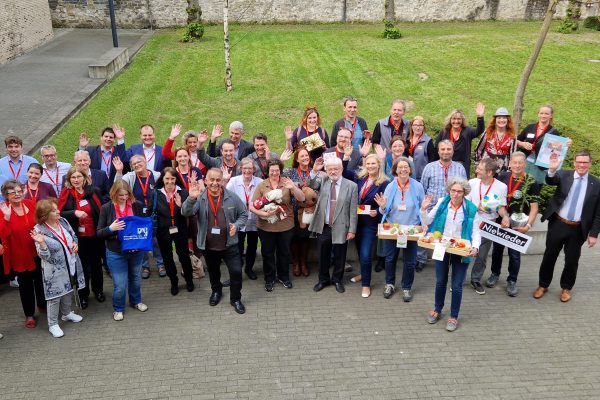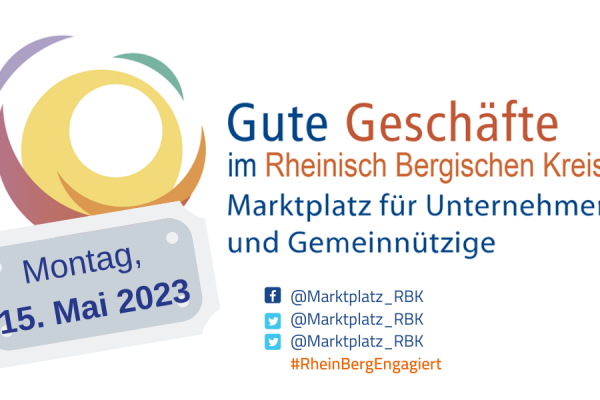If we consider our workshops as a “warm-up” for the marketplace event, one can only say: it went great!
No sooner had the familiarisation rounds been mastered than ideas flew through the room, cross-connections were recognised and possibilities were sounded out.
Wonderful! Just as lively and multi-faceted we wish for our premiere in the Rheinisch-Bergisch district on 18 September 2019.
And since it will be in eight days, we will tell you in this newsletter once again the “7 steps to the marketplace agreement”, to memorize.
We are looking forward to a lively participation!









Recent Comments